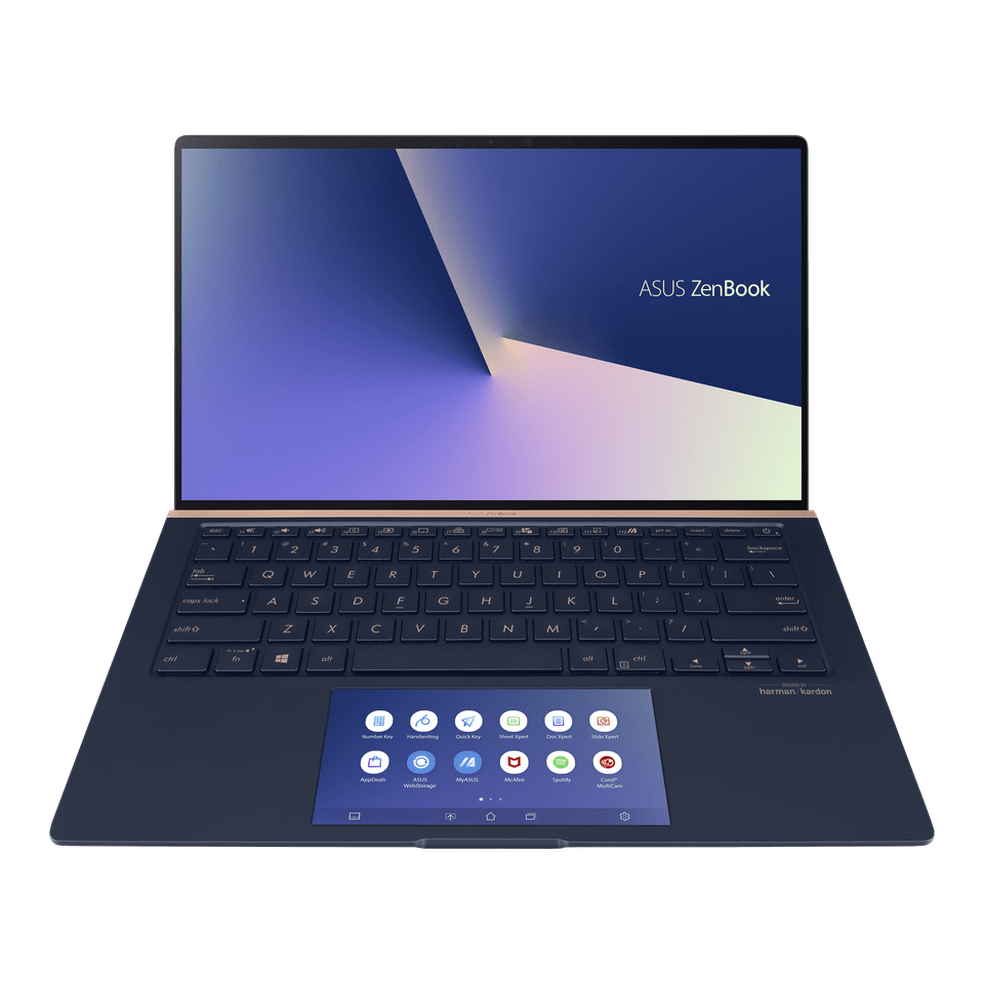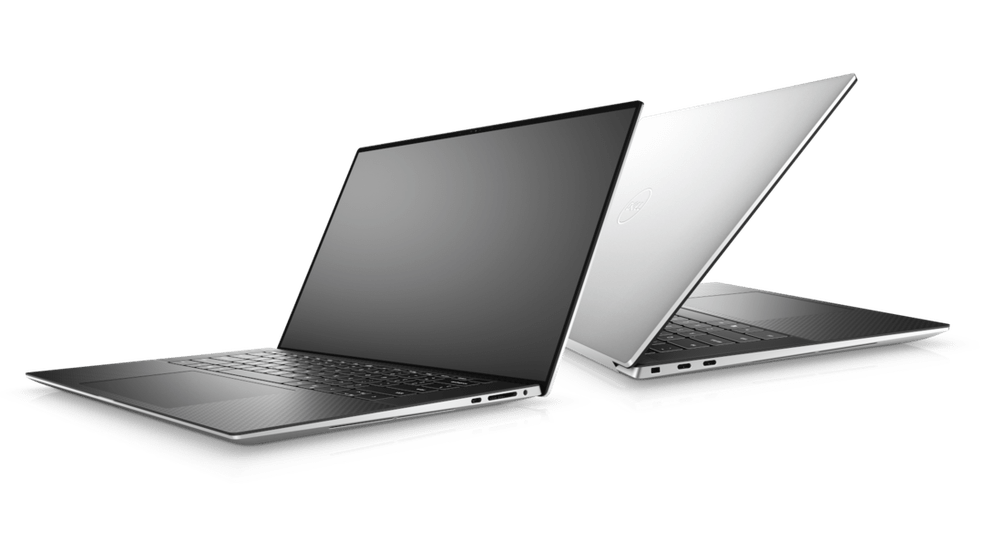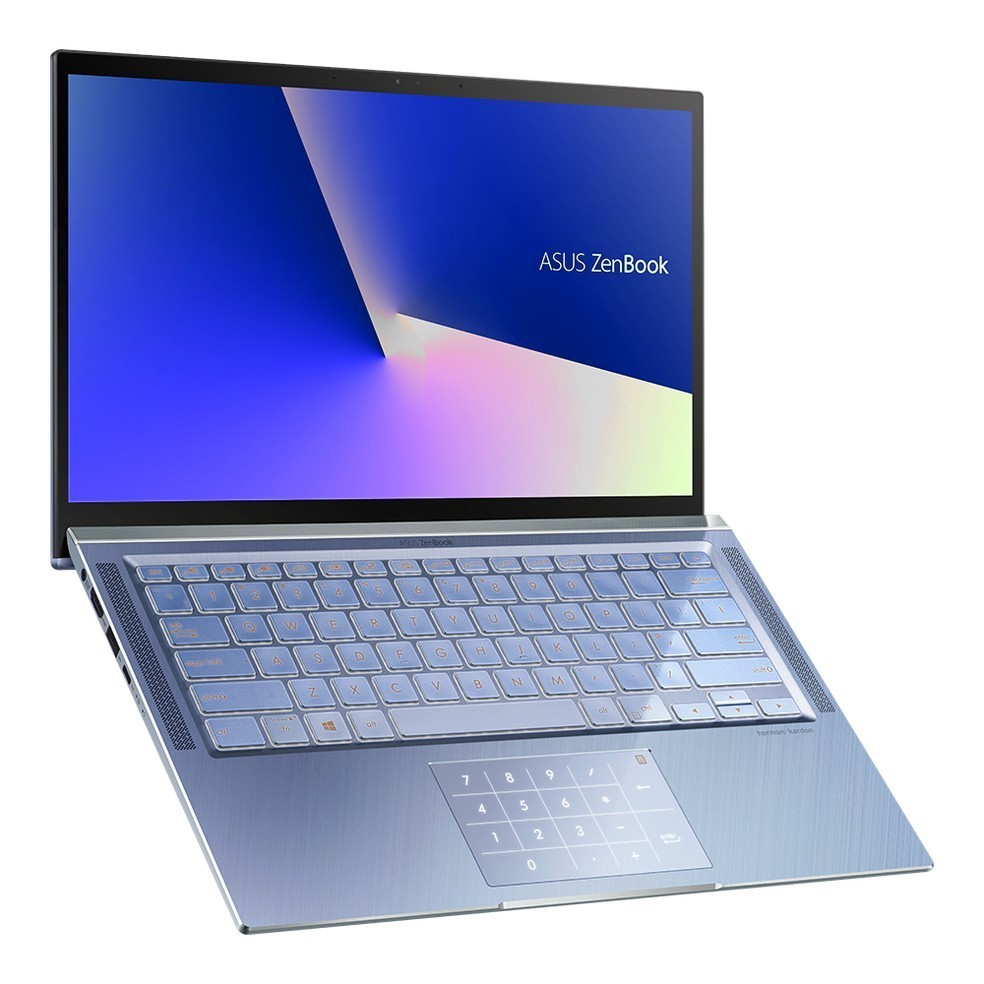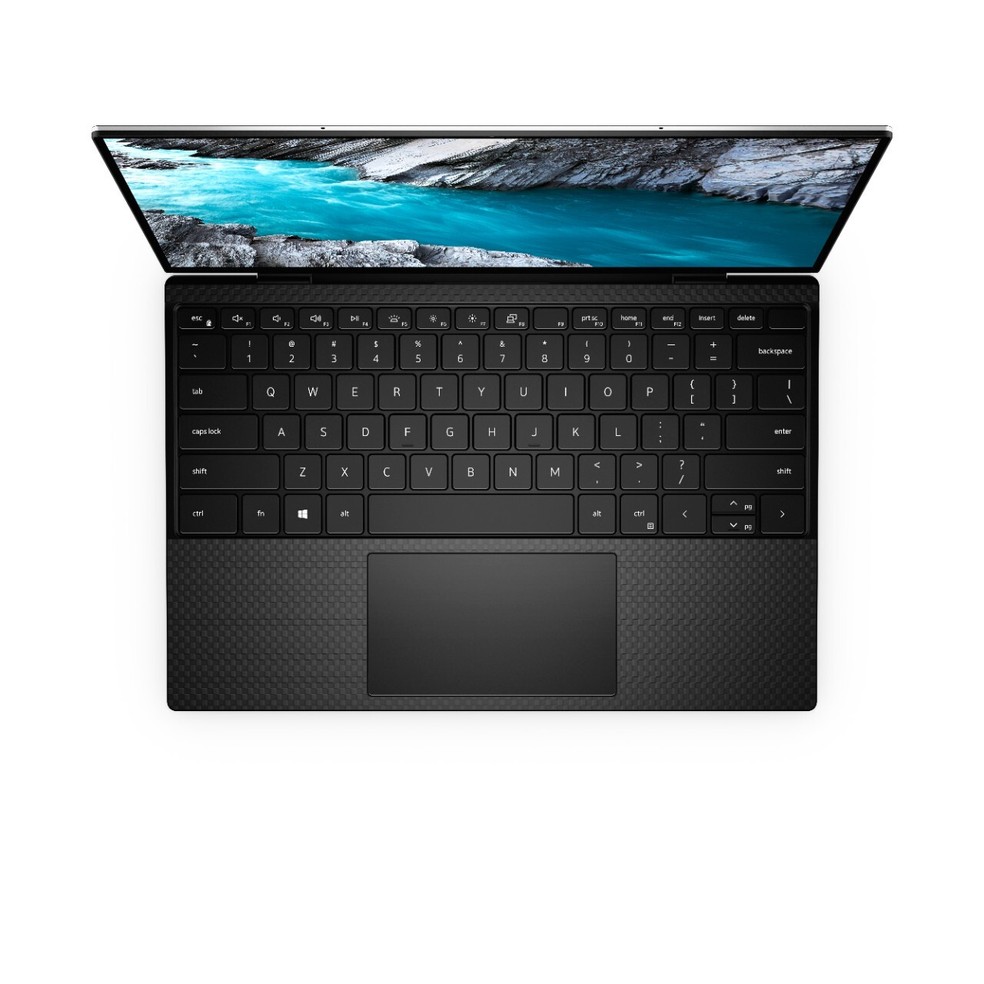The new Dell XPS 13 arrived in the market in July and increased competition among ultraportable notebooks. Among its rivals, the ZenBook 14, from Asus, pointed out by the manufacturer as the most compact 14-inch model in the world, is worth highlighting. On one hand, Dell presents a modern design and 4K screen option with a 16:10 format, while the rival option bets on the versatility of the second screen that replaces the traditional touchpad. Check out the following for more details on the specifications of the two notebooks with tenth-generation Intel chips and find out which is best for you.
Dell XPS 13 vs Asus Zenbook 14 Datasheet
| Dell XPS 13 | Asus ZenBook 14 | |
|---|---|---|
| Launch | July 2020 | April 2020 |
| Price | from $999 | from $750 |
| Screen | 13.4 inches | 14 inch |
| Screen resolution | Full HD + or UHD + | Full HD |
| Processor | Core i5 1035G1 or i7 1065G7 | Core i5 10210U or Core i7 10510U |
| RAM | 8 or 16 GB DDR4 | 8 GB DDR3 |
| Storage | 512 GB or 1 TB | 256 or 521 GB |
| Video card | Intel UHD Graphics or Iris Plus | Intel UHD Graphics |
| Battery | up to 19 hours | up to 13.5 hours |
| Dimensions and weight | 1.48 x 29.6 x 19.9 cm; 1.2 kg | 31.9 x 19.9 x 1.69 cm; 1.26 kg |
| Colors | silver or white | black or silver |
Design

The two notebooks have a modern design and an ultra-slim and compact profile. The XPS 13 attracts attention because the screen occupies 90% of the available area and the tiny edges that are equal on all four sides of the screen. The design yields a 16:10 screen that should prove more suitable for productivity. In the design, it mixes metal with carbon fiber.
Composed of metal, the ZenBook 14 from Asus also displays a screen with tiny edges that, unlike XPS, has a 16:9 aspect, more traditional. The Taiwanese manufacturer’s computer stands out by offering a second touchpad screen, promising expanded functionality on the secondary display. Weighing 1.26 kilograms, the ZenBook 14 is characterized by Asus as the world’s most compact 14″ notebook. The XPS 13 rivals in size and will weigh 1.2 kilos in your backpack.
In the interfaces, the Asus computer ends up offering a greater variety of ports. The Zenbook 14 has a USB-C port, two USB ports, HDMI input, a microSD card reader, and headphone output. In the XPS 13, the consumer finds two Thunderbolt-compatible USB-C ports (which are also used to charge the laptop), headphone output, and a microSD reader. Both also offer Wi-Fi 6 and Bluetooth.
Screen

In terms of display, the ZenBook 14 has a unique configuration, providing Full HD in 14 inches with IPS LED technology. There are models of Asus laptops with a touchscreen display, and others without this capacity.
There is more variety on the XPS 13. The Dell notebook can be found with Full HD+ (1920 x 1200 pixels) or UHD+ (3840 x 2400 pixels) display. These differences that make the XPS 13 display higher than standard Full HD and 4K explain the use of a 16:10 aspect ratio display, which is responsible for the display that takes up all available areas. In XPS 13 there is also an option for the touchscreen, found in 4K versions. For those who prefer a notebook without a touch screen, there is the Full HD model.
Performance

In terms of processing, XPS 13 takes advantage by applying more powerful tenth-generation components. The Dell computer can be found in versions with the Core i5 1035G1 or Core i7 1065G7, while ZenBook offers the Core i5 1020U or Core i7 10510U models. Although the performance differences are small between these processors, they exist and indicate XPS 13 as the most powerful of the two, by a small margin.
The big advantage of the Dell notebook is the graphics processing on the Core i7 processor model, which comes equipped with Intel’s Iris Plus Graphics GPU. The graphics card has performance equivalent to Nvidia and AMD input and enables the XPS with i7 for more graphics-intensive uses than the Asus model, which is confined to Intel UHD Graphics.
In RAM, XPS 13 once again stands out for adding 8 or 16 GB of DDR4-type RAM to the 8 GB of DDR3 used by Asus. As far as storage is concerned, both computers are equipped with NVMe-type SSDs, the fastest standard today. On Asus, the consumer finds drives with 256 or 512 GB, while Dell offers the XPS 13 with 512 GB or 1 TB of data capacity.
Battery
Asus assures that ZenBook 14 has the energy to last “a full day’s use” out of the socket in an estimated 13.5 hours. In XPS 13, the promises are even more ambitious: Dell talks about 19 hours of use with the battery.
Extra Features

In the extras, Dell offers some features that may be relevant, depending on your usage profile. One of these is Mobile Connect, which integrates your smartphone with your computer and allows you to continue on the PC tasks started on the mobile phone, or vice versa.
On the Asus side, the promise is Harman Kardon quality sound, promising a smart amplifier for louder, distortion-free sound. A differential between the two is the offer of biometrics in XPS 13, either through a digital reader or facial recognition.
Price and Availability

The XPS 13 arrives in the market at the end of July at prices starting from $999 for options with UHD and i3 screen. For those who want a 4K and i7 screen, the minimum price is $1,349.99 for the mid-range model. The ZenBook 14 is cheaper and can be found in the market at prices starting from $750 at the moment.
- Buy Asus ZenBook 14
This post may contain affiliate links, which means that I may receive a commission if you make a purchase using these links. As an Amazon Associate, I earn from qualifying purchases.

